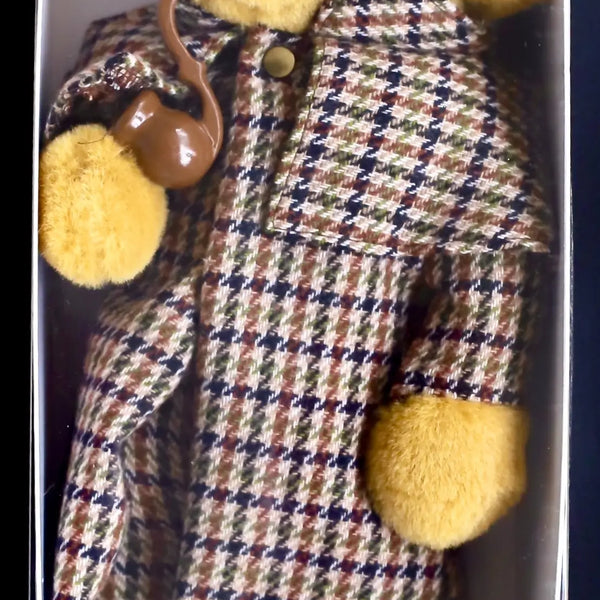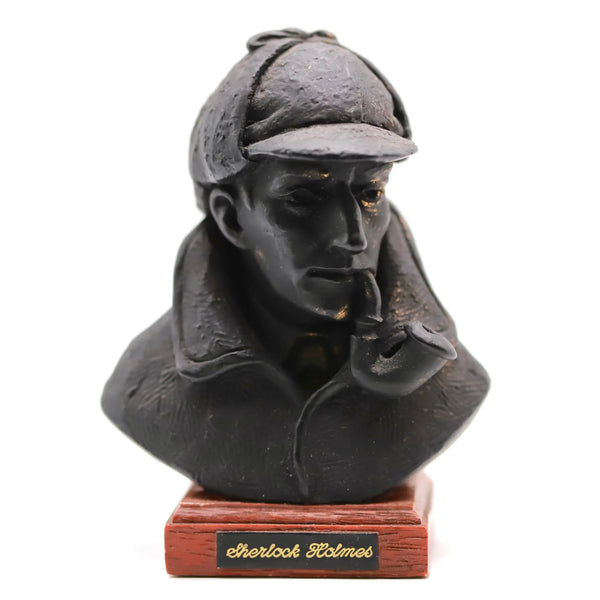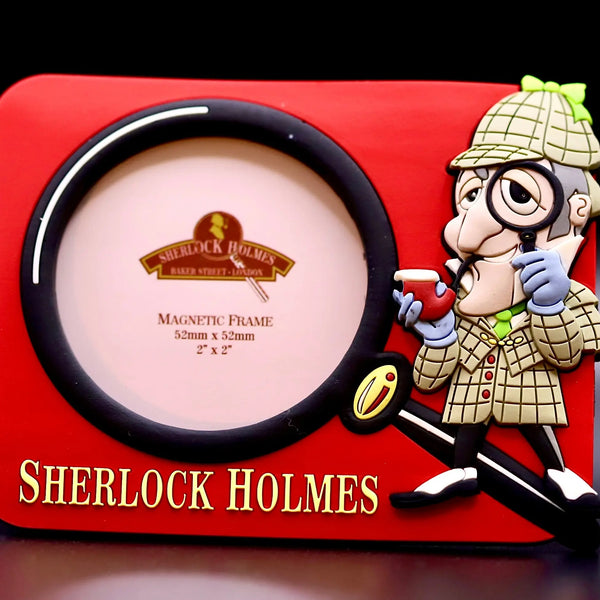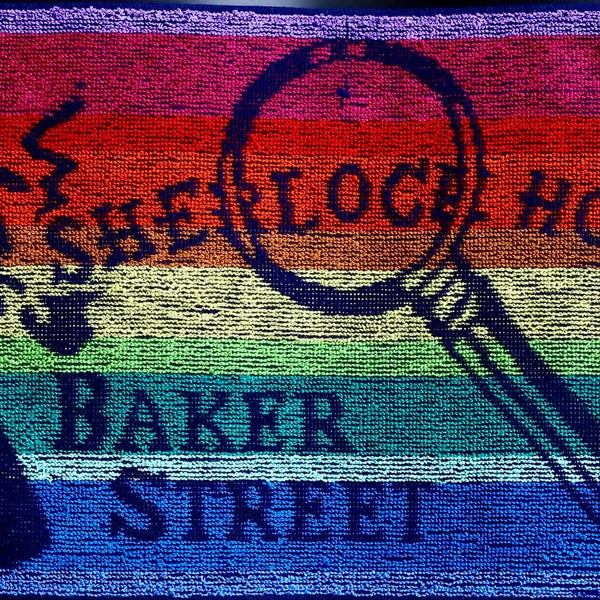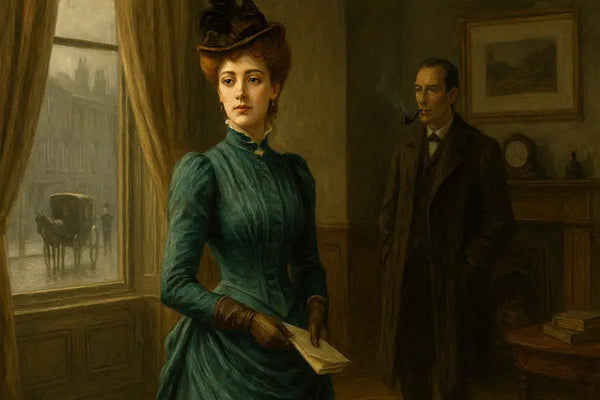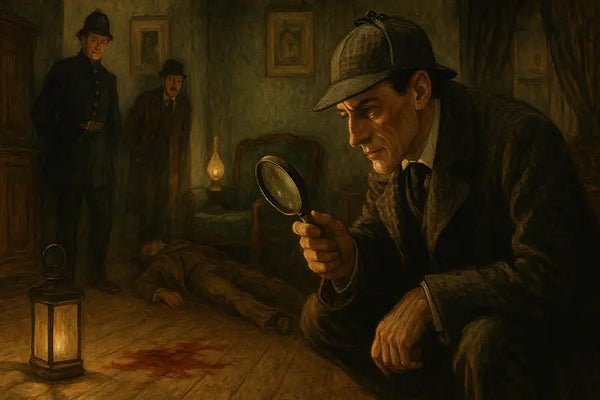Sherlock Holmes – The World’s Greatest Detective
Introduction
Sherlock Holmes, the fictional detective created by Sir Arthur Conan Doyle, first appeared in A Study in Scarlet in 1887. Over the course of four novels and fifty-six short stories, Holmes became one of the most recognisable and influential literary characters of all time. Known for his dazzling intellect, mastery of deductive reasoning, and uncanny powers of observation, Holmes set the standard for the modern detective archetype. Alongside his loyal friend and chronicler, Dr. John Watson, Holmes resided at 221B Baker Street in London, where countless adventures began.
Characterisation and Method
Holmes is often described as aloof, eccentric, and emotionally restrained, preferring logic and rational deduction over sentiment. His methods combined forensic science, chemical analysis, disguise, and psychological insight. Holmes referred to himself as the world’s only “consulting detective,” taking on cases that baffled Scotland Yard or other investigators. Watson, his biographer and companion, provided the human counterbalance to Holmes’s intellectual brilliance.
Canonical Works
The canonical Sherlock Holmes works by Arthur Conan Doyle consist of four novels and fifty-six short stories, collectively referred to as the “Canon.” These include:
- A Study in Scarlet (1887)
- The Sign of the Four (1890)
- The Hound of the Baskervilles (1902)
- The Valley of Fear (1915)
And the short story collections: - The Adventures of Sherlock Holmes (1892) - The Memoirs of Sherlock Holmes (1893) - The Return of Sherlock Holmes (1905) - His Last Bow (1917) - The Case-Book of Sherlock Holmes (1927)
Supporting Characters
Several recurring figures helped shape the Holmesian universe:
- Dr. John Watson – Holmes’s steadfast companion, medical doctor, and narrator of most of the stories.
- Professor Moriarty – Holmes’s arch-nemesis, a mathematical genius and criminal mastermind.
- Inspector Lestrade – Representative of Scotland Yard, often reliant on Holmes’s insights.
- Mrs. Hudson – Holmes and Watson’s landlady at 221B Baker Street.
- Mycroft Holmes – Sherlock’s elder brother, a government official of prodigious intellect.
- Irene Adler – The clever and independent woman who outwitted Holmes in “A Scandal in Bohemia.”
Cultural Impact
Holmes revolutionised the detective story, inspiring generations of writers, filmmakers, and audiences. His methods anticipated aspects of modern forensics and criminology, making him a character who straddled fiction and practical science. The enduring popularity of the stories ensured that Holmes became a cornerstone of detective fiction and a cultural icon recognised worldwide.
 Sherlock Holmes: Sherlock Holmes, created by Sir Arthur Conan Doyle, is a brilliant fictional detective famous for sharp observation and logical reasoning. Living at 221B Baker Street with Dr. Watson, Holmes remains a cultural icon through books, films, and countless adaptations worldwide.
Sherlock Holmes: Sherlock Holmes, created by Sir Arthur Conan Doyle, is a brilliant fictional detective famous for sharp observation and logical reasoning. Living at 221B Baker Street with Dr. Watson, Holmes remains a cultural icon through books, films, and countless adaptations worldwide.
Modern Adaptations and Legacy
Beyond Doyle’s canon, Sherlock Holmes has been endlessly reimagined and adapted for stage, film, television, and games. Some of the most notable modern interpretations include:
- Guy Ritchie’s Films (2009, 2011) – Robert Downey Jr. portrayed Holmes with manic brilliance, opposite Jude Law as a dynamic Dr. Watson. These films reimagined Holmes as both cerebral detective and action hero, reaching a new generation of fans.
- BBC’s Sherlock (2010–2017) – Benedict Cumberbatch starred in this acclaimed modernisation, which transplanted Holmes and Watson into contemporary London. With Martin Freeman as Watson, the series gained global popularity for its wit, visual style, and sharp writing.
- CBS’s Elementary (2012–2019) – Set in New York, this adaptation cast Jonny Lee Miller as a recovering-addict Holmes and Lucy Liu as Joan Watson, a gender-flipped version of the iconic character. The show explored themes of partnership and resilience across seven seasons.
- Netflix’s Enola Holmes (2020, 2022) – Based on Nancy Springer’s novels, these films starred Millie Bobby Brown as Sherlock’s younger sister Enola, with Henry Cavill playing a more restrained and humane Sherlock. The films broadened Holmes’s legacy by appealing to younger audiences and reframing the mythos for modern viewers.
- Interactive Media and Games – Holmes has appeared in numerous video games, escape rooms, and virtual reality experiences, showcasing the adaptability of the character in interactive formats.
Together, these adaptations highlight the elasticity of Conan Doyle’s creation. Holmes remains a character who can be continually reinterpreted for new eras, while retaining the intellectual essence that made him extraordinary.
Conclusion
From the fog-shrouded streets of Victorian London to blockbuster films and streaming platforms, Sherlock Holmes endures as the archetypal detective. He embodies the timeless appeal of reason triumphing over chaos, and his legacy shows no sign of fading. With each new adaptation, Holmes continues to inspire curiosity, creativity, and the search for truth.







